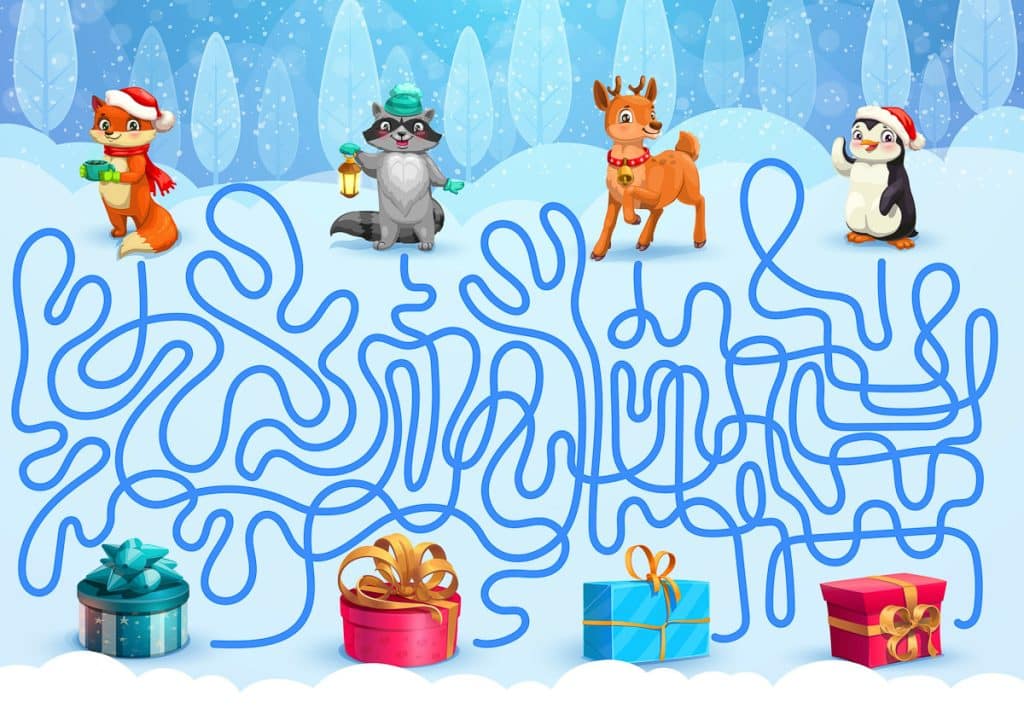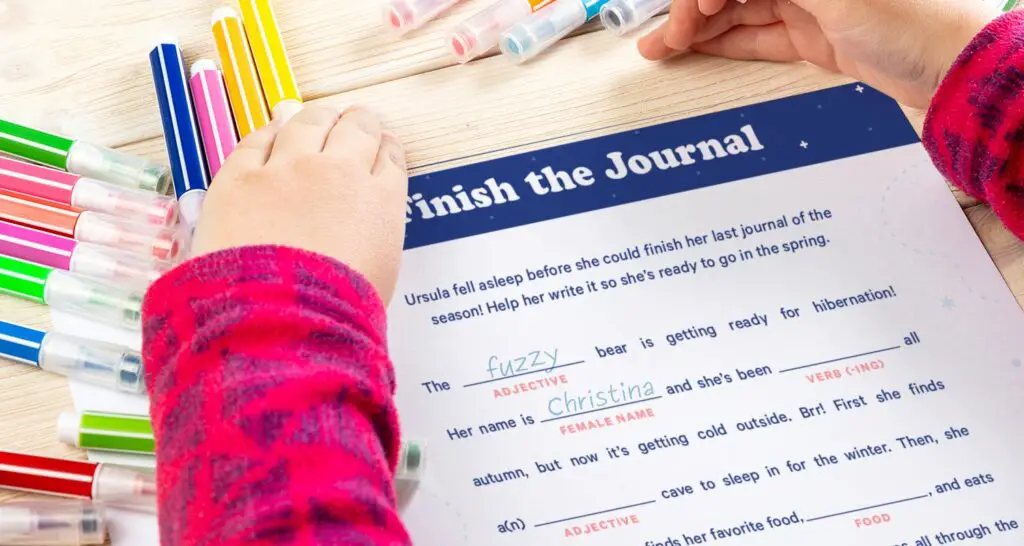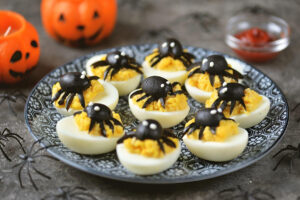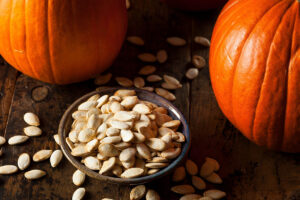Engaging Kids in Activities about Animals
During winter break, families often look for ways to keep their children engaged and entertained. One of the ways to do this while also providing an educational experience is through animal-themed activities. Engaging kids in educational activities about animals not only keeps them occupied but also provides a meaningful way for families to bond and relax. Whether it’s through interactive games, arts and crafts, or stories, these activities offer an opportunity for children to learn about the natural world while spending quality time with family and friends. For instance, families could set up a “wildlife safari” in their living room. For example, children use their toys to simulate a wildlife expedition. And all the time, they’re learning about different animals and their behaviors in the process.
Moreover, winter vacation is an excellent time to introduce children to the concept of animal conservation. Engaging kids in activities that encourage them to explore the fascinating world of animals helps spark their interest in wildlife. By involving them in activities such as crafting bird feeders or making homemade pet treats, children will learn about the importance of caring for animals and their habitats. These experiences cultivate a sense of empathy and responsibility towards animals and the environment. Trust us. Your young ones will gain values they will carry with them throughout their lives.
Educational Benefits of Animal Activities for Kids
Engaging children in these animal activities not only fosters their love for wildlife but also provides a hands-on learning experience that incorporates elements of fun and wonder. For example, reading books about animals helps children learn about different animal species, their habitats, and their lifestyles. It also enhances their language skills as they learn new words and concepts related to animals.
In addition, involving children in animal-themed arts and crafts or sensory play enhances their creativity, imagination, and understanding of the natural world. Making a miniature model of a forest or a jungle using craft materials will help children understand animal habitats. They learn about different animals that live in these habitats, their food habits, and their behaviors. What a practical and engaging way to learn about wildlife!
These activities serve as a platform for parents and guardians to educate children about the importance of wildlife conservation and environmental stewardship. By making them aware of the various threats faced by animals and their habitats, such as deforestation and climate change, children develop an understanding of the need to protect and preserve wildlife. These activities not only enhance children’s knowledge and understanding of animals but also instill in them a sense of responsibility and empathy towards wildlife.
Creative Animal Crafts Ideas
Children are naturally creative and love to express their creativity through various forms of art and craft. During the winter break, making some animal crafts provides an educational and entertaining experience. Making dinosaur, butterfly, and sea life crafts offers an engaging way for kids to learn about different animal species and their habitats. For instance, children may create a prehistoric scene using playdough and toy dinosaurs, stimulating their creativity and understanding of the dinosaur era.
Animal-themed crafts not only encourage creativity but also promote environmental awareness and appreciation for nature. For example, children may choose to construct a bird’s nest using twigs and leaves or create animals using recycled materials such as toilet paper rolls. We have an awesome post on repurposing toilet paper tubes. These activities will help children understand the concept of recycling and its importance for the environment and the well-being of animals and their habitats .
Online platforms like Pinterest offer a plethora of animal-themed craft ideas suitable for children of all ages. From farm animal crafts and paper plate bunnies to ocean-themed arts and crafts, parents and educators will easily find a variety of creative ideas to engage children in learning about animals. Remember: tailor these animal crafts for kids to the age and skill level of the child. This ensures they remain engaged and interested throughout the activity.
Animal-themed Sensory Play Ideas
Sensory play is a crucial aspect of childhood development. It involves activities that stimulate children’s senses – sight, sound, touch, taste, and smell. Their senses help them to explore and understand the world around them. Have your young ones participate in an animal-themed sensory bin activity where they explore different textures and materials related to a specific animal or habitat. We recommend ALWAYS allowing your child to choose which animal they prefer. Of course, adults may suggest some ideas.
Sensory activities help children develop a deeper understanding of the natural world. Exploring a dinosaur-themed sensory bin filled with sand, rocks, and toy dinosaurs will help children understand the textures and elements associated with the dinosaur era. Similarly, a farm-themed sensory tub filled with hay (or raffia), toy farm animals, and plastic or real farm produce provides children with a sensory experience of farm life.
MessyLittleMonster.com offers numerous ideas for animal-themed sensory play, such as the snake slime sensory play idea. This activity allows kids to explore textures and engage in imaginative play related to snakes. This slimy craft will definitely enhance cognitive, emotional, and physical development. It’s an excellent choice for learning about animals during winter break.
Animal-themed Games and Learning Activities
Games and activities are an integral part of childhood. Afterall, everyone loves some form of game! Games offer children an engaging platform to learn and develop new skills. Animal-themed games and learning activities provide a fun and interactive way for kids to learn about animals, their characteristics, and their habitats. For instance, an animal-themed scavenger hunt is an exciting way for children to learn about different animals. They search for items related to specific animals, such as feathers for birds or shells for sea animals, and learn about these animals in the process.
In addition, games that involve sorting and categorizing can be adapted to an animal theme. For example, children sort animal figurines or pictures based on various characteristics such as size, habitat, or diet. This activity not only enhances observational and categorization skills, but it also helps them learn about the diverse characteristics of different animals. Similarly, counting games can be made more interesting by incorporating animal elements. For example, children count animal figurines or stickers, learning numbers while also learning about animals.
Animal-themed learning activities help children develop their cognitive skills. Memory games involving animal images help enhance children’s memory and concentration skills. Puzzles featuring animals stimulate their problem-solving skills while also teaching them about different animals and their habitats. By incorporating these games and activities into your winter break schedule, families will have a fun-filled and educational holiday.
Animal-themed Book Recommendations
Books are a wonderful way to introduce children to the fascinating world of animals. They not only provide a wealth of information but also stimulate children’s imaginations and curiosity. Reading animal-themed books to children during the winter break will be a delightful and educational experience. For younger children, picture books featuring animals will introduce them to the world of animals in a simple and engaging way. For example, “The Very Hungry Caterpillar” by Eric Carle introduces children to the life cycle of a butterfly in a fun and engaging way. Make sure to alter your voice for different characters in the books you read. The sillier the voice, the more fun for everyone! We have a free Animals Activity Book for younger children. Just click and enjoy!
For older children, chapter books featuring animals offer a more in-depth exploration of animal life. For example, “Charlotte’s Web” by E.B. White is a heartwarming tale of friendship between a pig and a spider. Children learn about empathy and compassion for animals as well as friendship. In addition, non-fiction books like “National Geographic Kids” offer a wealth of information about different animals, their habitats, and lifestyles, fostering a deeper understanding of the animal kingdom.
Furthermore, interactive books that include activities or stickers really make learning about animals even more engaging for children. For example, “National Geographic Kids: Ocean Animals Sticker Activity Book” combines fun facts, puzzles, and stickers to engage kids in a hands-on exploration of ocean animals. This not only fosters a love for reading but also encourages a deeper interest in wildlife. It’s a perfect activity for winter break.
Animal-themed Recipes for Kids
Involving children in cooking activities can be both fun and educational. During vacation families can engage kids in animal-themed recipes. For example, families could bake cookies or cupcakes shaped like animals, such as pandas or penguins. This activity not only allows kids to learn about these animals but also helps them develop basic cooking skills. Don’t forget to add some icing and sprinkles. That will really keep the kids involved!
Creating animal-themed snacks is a fun way to introduce kids to different types of animals. For instance, a fruit salad can be made more fun and engaging by arranging the fruit pieces to resemble animals. This not only makes the snack more appealing to kids but also provides an opportunity to learn about the various fruits and the animals they represent. This activity can be a springboard for discussions about healthy eating habits and the importance of fruits in our diet.
Cooking activities may be an opportunity for parents to discuss animal nutrition and dietary habits with their children. For example, while baking bird-shaped cookies, parents can talk about the diet of birds and how it varies from one species to another. These discussions will enhance children’s understanding of animals and their food habits. Maybe you and your child come up with as many foods a wolf eats that start with the same letter. Just have fun with it!
Printable Resources and DIY Animal Masks
During the winter break, families can use these resources to engage kids in educational activities about animals. For example, printable animal themed lesson plans can be used to structure a day or week of animal-themed activities. These lesson plans include various activities such as crafts, games, and reading sessions.
DIY animal masks will definitely add an element of fun and creativity to the learning process. Kids love dress up! Printable resources and DIY animal masks offer a hands-on and interactive way to learn about animals. Children can create masks of their favorite animals using materials readily available at home. This not only provides a creative outlet but also allows children to learn about the distinct features of different animals. For example, while creating a lion mask, children will learn about the characteristic mane of the male lion.
Masks can be used for imaginative play. Allow children to role-play as their favorite animals. This will enhance their understanding of animal behaviors and lifestyles making learning more engaging and enjoyable. Incorporating printable resources and DIY animal masks into the winter break activities will be the highlight of your time together!
Outdoor Animal-themed Activities
Despite the cold weather (depending where you live), winter break provides ample opportunities for outdoor exploratory activities. Engaging children in outdoor activities will help them connect with nature and learn about animals in their natural habitats. For instance, a visit to a local park or a nature preserve provides children with a firsthand experience of observing animals in their natural environments. They can learn about different bird species, observe squirrels gathering food for the winter, or track animal footprints in the snow. Also, this is a great opportunity to discuss how animals survive the winter. For example, who has to hibernate? Who changes their color to blend in with the snow?
Exploratory activities such as making bird feeders can provide engaging learning experiences for children. If you do live in a cold climate, try making an ice bird feeder! It’s really ‘cool’! Making bird feeders helps children understand the concept of animal care and the importance of providing food for birds during the harsh winter months. Another activity, egg candling, an activity where a light source is used to observe the development of an embryo inside an egg, will totally fascinate children as they get a glimpse of the early stages of animal life.
Consider planning visits to wildlife art galleries or engage in beach activities during the winter break. These activities will offer firsthand experiences for children to learn about animals and their habitats. For example, a wildlife art gallery will expose children to various artistic representations of animals. A museum visit will spark their curiosity and interest in wildlife. Beach activities, on the other hand, will provide opportunities for children to explore the marine ecosystem – there’s lots going on at the beach!
Encouraging Family Bonding During the Holiday Season
Winter vacation provides an excellent opportunity for families to spend quality time together. Engaging in animal activities for kids during this time not only offers an educational experience for children but also strengthens family bonds. For example, families can engage in a group activity such as creating a wildlife puzzle or playing an animal-themed board game. We highly recommend this one.
Reading animal-themed books together as a family can be a cozy and nurturing experience. Children will learn about different animals through captivating stories while parents can use this opportunity to instill a love for reading and learning in their children. This shared experience will help create lasting memories, making winter break a special and meaningful time for the whole family.
Outdoor activities such as visiting a wildlife reserve or a nature park provides a firsthand experience of observing animals in their natural habitats but also foster a sense of adventure and exploration for children. Taking a field trip creates a positive experience and makes children aware of animals in nature.
And Remember….
One of the best gifts of the holiday season is time. Kids work hard and look forward to a break. And let’s not forget time off for the adults! Take this time to enjoy your family. Slow the pace a little and reconnect. Let’s make every second count!








